Venus and Mercury grace the west-northwest sky an hour past sunset and the giant planets Jupiter and Saturn rule the sky this month.
Transcript:
What’s Up for May? Inner planets Venus and Mercury, then Jupiter, and Saturn with wide-open rings.
Hello and welcome. I’m Jane Houston Jones from NASA’s Jet Propulsion Laboratory in Pasadena, California.
This month Venus and Mercury grace the west-northwest sky an hour past sunset. Elusive Mercury should be visible a little less than ten degrees above the horizon early in the month. You can measure ten degrees by holding your outstretched clenched fist against the sky. Bright Venus is easy to see another 20 degrees above Mercury.
The giant planets Jupiter and Saturn rule the sky this month. Jupiter, the largest and brightest of our solar system’s planets, has been visible for many months. If you haven’t looked at Jupiter through a telescope, you’re in for a real treat. Look west-northwest again and you’ll find Jupiter to the upper left of bright Venus. The moon passes from right to left below the two from May 20th through the 24th. You’ll get great views of Jupiter’s colorful cloud bands and its four largest moons, discovered over 400 years ago by Galileo. You can see both the cloud bands and the moons using most binoculars and telescopes of any size.
NASA’s Juno spacecraft, which launched August 11, 2011, has traveled over one and a half billion miles and has another 200 milliion miles to go before entering Jupiter orbit on July 4, 2016.
Saturn reaches opposition on May 22, when the planet is visible all night long. It rises at sunset in the southeast and sets at dawn in the northwest. This year, the majestic rings are open-which means they’re tilted towards Earth-more than 24 degrees, compared to the edgewise view we had in 2009. Through a telescope, you maybe able to see color differences and faint bands the color of cream and butterscotch.
NASA’s Cassini spacecraft, in orbit around Saturn since 2004, has four close encounters with Titan, two with Dione, and three with the geyser-spewing moon Enceladus this year. And in 2016 and 2017 Cassini will fly up and over the north and south poles of Saturn and dive in-between the innermost of the planet’s rings-the D ring-and the upper atmosphere of Saturn itself!
You can learn all about the Cassini mission at saturn.nasa.gov. And you can learn about all of NASA’s missions, including Juno, at www.nasa.gov. That’s all for this month. I’m Jane Houston Jones.
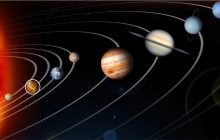
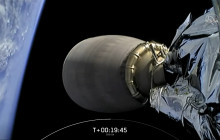

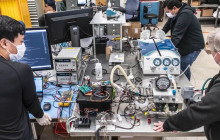
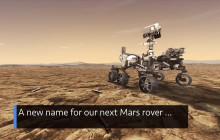
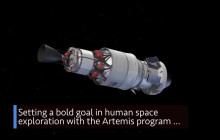

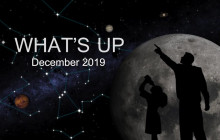
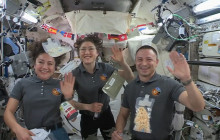







Bernie Blau we were just talking about this!